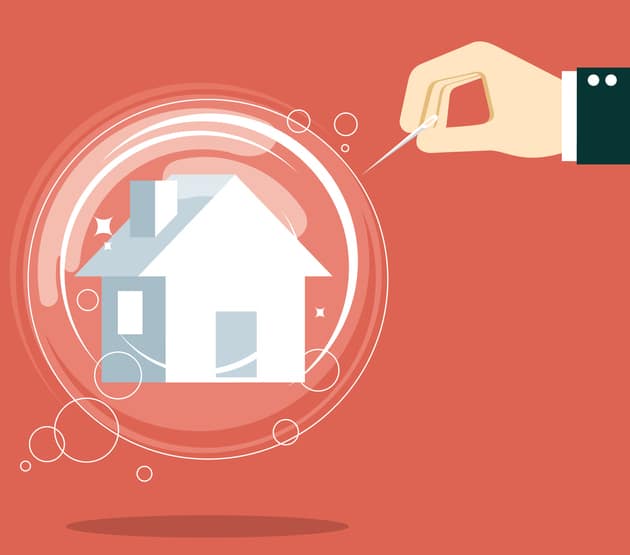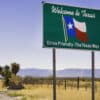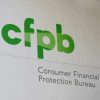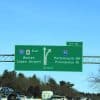Source: Yahoo! Finance —
It didn’t take long for white-collar professionals in 2020 to realize that expanded work-from-home policies meant they could buy real estate pretty much anywhere. Vacation markets went gangbusters. Exurbs got red-hot, as did so-called Zoom towns like Boise. Even big cities that were losing residents, like New York and San Francisco, got overheated as decoupling roommates created a spillover effect from the rental market into the housing market.
That Pandemic Housing Boom coincided with a staggering 42% jump in U.S. home prices between March 2020 and June 2022. At least 60% of that appreciation, researchers at the Federal Reserve Bank of San Francisco estimate, can be attributed to the elevated demand for “space” that occurred during the pandemic.
Of course, that demand boom hasn’t just fizzled out—it’s doing a 180: On a year-over-year basis, mortgage purchase applications are down 41%. There’s actually fewer purchase applications now than at the bottom of the 2008 crash.
This swift pullback in demand also has more economists uttering the most feared word in housing: bubble.
“It was a pandemic-induced [housing] bubble, which was stoked by work-from-home migration trends: High-wage workers going to lower second tier middle markets for more space,” said Diane Swonk, chief economist at KPMG. “We went to an extreme on WFH [-spurred housing demand], but it has pretty much abruptly ended. It is part of the reason I think you’re seeing housing prices fall as well. The local incomes don’t support a lot of these home values.”
We’ve already seen home price growth rollover on a national basis. Between June and August, the Case-Shiller National Home Index showed a 1.3% drop in U.S. home prices. That marks the first decline since 2012.
“Once you start the process of prices falling nationally, there is a self-fulfilling momentum to it because no one wants to catch a falling knife,” Swonk says. “We’re easily going to see large double-digit declines. I think 15% next year is very conservative. We’re already turning.”
When Fortune coined the term Pandemic Housing Boom, we did so knowing that if the boom concluded in a bust, we’d have to relabel it a Pandemic Housing Bubble. We even set a criteria for it: Any market that sees a greater than 10% peak-to-trough decline gets the Pandemic Housing Bubble label. If KPMG’s prediction comes to fruition, the entire country would get our “bubble” label.
Here are the four big takeaways from Fortune’s chat with Swonk.















